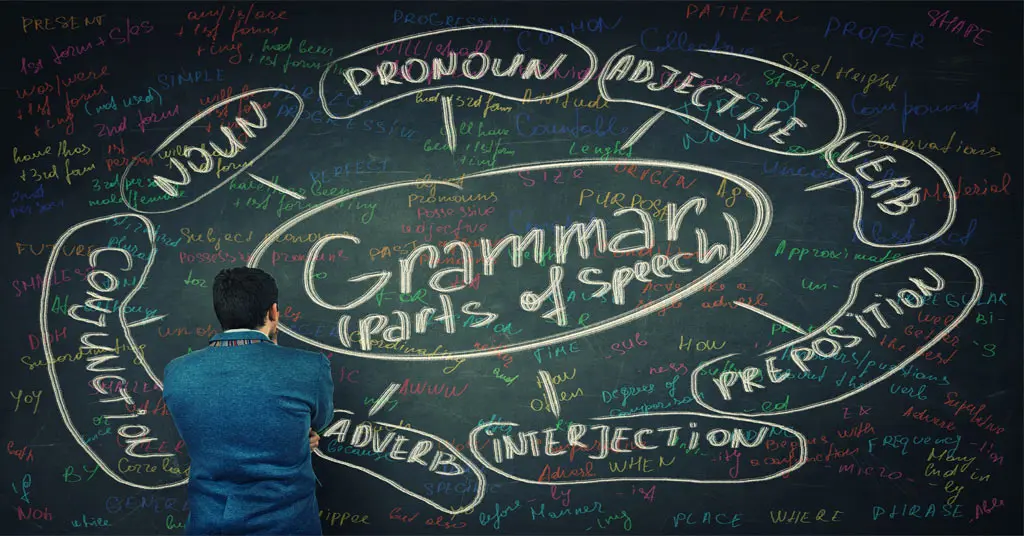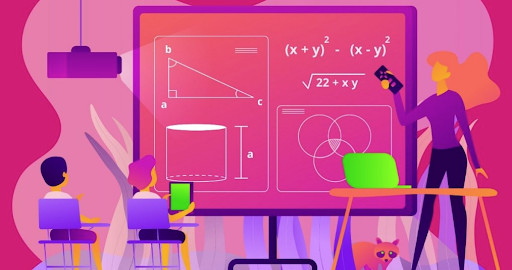If you’re taking the SAT, you may be wondering what concepts you should be prepared to tackle on test day. Knowing what to expect can help get you into the right frame of mind and decrease your anxiety.
What follows is an overview of the reading section. It contains 52 questions across five passages. The passages will cover these topics:
- One literature
- One history
- One social science
- Two science
Formatting Basics: Pairs, Graphs, and Introductions
Paired Passages
Some passages operate with a pair, meaning there are two passages related to the same topic, perspective, or theme. The pairs may have contrasting viewpoints, similar viewpoints, or the second passage may expand on the first. Most paired passages deal with topics in history, social sciences, or science. On a typical test, you will find that two to four questions will ask about both passages.
Passages and Graphs
The social science passage usually has a graph; one of the two science passages often has a graph as well. You can expect two to three questions about the graph and its relationship to the passage. These questions test your ability to make connections and interpret data through graphics.
Introductions
Each passage contains an introductory blurb—read it to get important information concerning the time period or the context of the passage (e.g., information about a particular law discussed in the passage). These notes can help eliminate any guesswork you may have to do to contextualize the information.
Now that you understand the formatting details in this section, it’s time to prepare for the various skills you will be tested on.
Here are the top five concepts you should be prepared to encounter in the SAT reading section:
1. Reading Comprehension
These questions ask you to find evidence, interpret opinions, identify the purpose of the passage, or pinpoint the functions of small details.
Example: The passage most strongly suggests that…
Example: Which choice provides the best evidence for the answer to the previous question?
Example: The phrase “_______” on line 1 emphasizes the perspective that…
2. Main Idea
These questions ask you to determine the overall main point of a passage, paragraph, or sometimes multiple paragraphs. The key to answering this type of question is to remember that the main idea is the topic that is discussed most often.
Example: Over the course of the passage, the main focus of the narrative is…
3. Making Inferences
These questions require you to draw a conclusion about the correct answer based on the information given in the passage. In other words, answers to inference questions are not directly stated—they test your ability to “put 2 and 2 together.” The College Board notes that this section requires students to perform several steps to draw the right conclusion.
Example: The description in the first paragraph (lines 1-12) indicates that…
Example: It can be reasonably inferred that the use of the word “_____” on line 17 is meant to…
4. Relationships
These questions require you to understand the relationship between ideas discussed in the passage. The two most common types of relationship questions are cause and effect and compare and contrast. You should be prepared to piece facts or events together to recognize the more complex relationships.
Cause and Effect Relationships
These relationship questions will ask you to identify either the cause or the effect.
Example:
Cause: It can reasonably be inferred from the passage that when [something happens]…
Effect: The author implies that [some items] were particularly suitable for the study described in the passage because they…
Your job is to match the correct effect/cause to the cause/effect in the question stem.
Compare and Contrast
These questions will ask you to compare or contrast two topics.
Example: A significant difference between the two arguments against [something] discussed in the third paragraph (lines 36–53) is that the first argument…
You must determine the difference between the two arguments, which means you will contrast them. You would compare the arguments by determining how they were alike.
5. Interpreting Data and Graphs
Expect to encounter graph questions in the social science and science passages. Some graph questions are fairly straightforward, requiring you to read the graph and correctly identify the information asked for in the question. It is critical to read the title, labels, legends, and any notes to make sure you understand what information the graph provides.
Two types of graph questions tend to be trickier than others because they ask you to apply ideas in the passage and/or the graph to find the correct answer. They’re referred to as graphic/text questions. The first type is the support (or refute) statement questions, and the second is the “NOT” questions.
Support (or refute) a statement
These questions ask you to determine which statement is supported or refuted by the graph. Sometimes the statements are from the passage, but not always.
Example: The figure supports which of the following statements about [something]?
When answering this type of question, compare each possible answer choice to the graph to determine if the figure supports it.
“NOT” Questions
These questions require you to determine which statement is shown by the graph but NOT in the passage. Students who miss these questions typically misread the NOT and choose the answer that is found in both the graph AND the passage.
Example: According to the passage and the table, which statement is reflected in the graph but NOT in the passage?
To answer correctly,
- Read each answer choice and eliminate those you find in the passage.
- If you do NOT find the statement in the passage, check to be sure that it is reflected in the graph before selecting it.
The most effective way to prepare for the SAT reading section is to complete plenty of practice questions of each passage type. Familiarize yourself with what’s tested the SAT exam. Ensure that whatever you use to study has a detailed rationale for answers, so you understand why each answer choice is right or wrong. Practice will eliminate surprises on test day and help you achieve a high score.




